3 Challenges of Multiple Services in Kidmin and How to Overcome Them
I recently wrote about the move to two services and the challenges that holds. And while starting a second service can be a huge undertaking, it’s not all smooth sailing from there. As organizations get bigger, they become more complex. And with complexity comes problems.
The good thing is, you’re not alone. Most of the problems we face with multiple services are the same. While I don’t think there is one solution to each of these problems, I do have some ideas on how to overcome them.
So here are the 3 most common problems is see with multiple services.
1. Should I do something special for the kids who repeat?
Whenever you do two or more services, you will inevitably have kids come to more than one. They do this for several reasons:
Their parents work one worship one
They’re pastor's kids
They just really like coming to church
Whatever the reason, you have kids that have seen and heard everything you’ve done before.
Personally, I don’t see this as a problem. Kids watch the same shows and movies over and over. Sometimes back to back. If they hear the same message two or more times in a row that’s not a bad thing. It’s more likely to stick anyway.
Now, there are some kids who will make it hard for you in the second service. They’ll know all the answers, not want to do the craft, or ruin the magic tricks. There are a couple of things you can do to combat this problem.
Create their own space to play
That last one I’ve only seen at the biggest churches. And They only do it for pastors’ kids who have to be there for three or four services in a row. That makes for a long day. I’d be bored too. And hungry. If you have the space, the people, and are in more than two services then look at doing something like this. Otherwise, I’d stick with options one and two. (Two is my favorite)
2. How do I manage the kids while my volunteers are changing?
Between services can get dicey. You can dismiss some kids while welcoming others. While your first service volunteers are leaving, the second service volunteers are getting set up. You have to reset the stage and small group supplies to do everything again.
There’s a reason why heist movies always capitalize on the changing of the guard. It’s your most vulnerable time and most likely when something will go wrong. But there are some things you can do to minimize vulnerability and keep your kids safe.
First, your first service volunteers don’t have to leave when their service is over. I ask my small group leaders to stay until at least 10 minutes before the next service. They stay with their kids and watch the new kids coming in. They also help with dismissal and check out. It’s the same idea with your last service of the day. Your volunteers don’t leave once service is over. They stay until the last kid leaves. Ask your earlier service volunteers to do the same. By staying through, you have people taking care of the kids. This frees you to do the things you need to do like clean up, set up, and a pre-service meeting.
Second, not every volunteer needs to work one worship one. I talk more about this at the end of this post. But many times, I have my check-in, tech, and large group presenters only serve once a month. But in every service that day. By serving in every service, they maintain excellence and consistency throughout the day. Also in between services, they can help with clean up, setting up for the next service and crowd control. Just because a volunteer leads your worship doesn’t mean they come in, sing a few songs, and leave. You can and should give them more than one job.
3. Should I do the same thing in both services or change things up?
As I said in point one, I don’t think it’s a bad thing to repeat what you did before. But I do think there is value in changing things up from time to time. You always want to cater to your audience. If one service has way more fourth graders, then you should change your presentation to suit them. Don't keep the plan designed for kindergarteners. Paw Patrol and Pokémon are not the same thing. Your five- and ten-year-olds are looking for different things and asking different questions. You can still teach the same message but tweak it to fit the kids you have.
This is why I love the small group, large group model. In Large Group, you can teach to the oldest kid, and let it trickle down to the youngest. Then make it really applicable for everyone in small groups. Several curriculums do this well. The best I’ve seen is Orange.
When I was doing four services a week, I would change up my Wednesday night service. Instead of doing a live presentation of the Bible story, I’d find a Bible story video on YouTube and play that. During COVID, I made my own videos called Potato Head Theater. You can see those here.
Just this little tweak kept my kids engaged, especially for the ones who’d been in two or more services.
As you make the changes though don’t make a drastic to fundamental shift. Having multiple services is complex enough. You don’t need to make it more complicated by offering:
Classic and contemporary service
Sunday School and Large Group
Family service and age-appropriate environments.
Keep it simple and do the same thing in each service with minor tweaks. You’ll make your life so much easier, and your guests and congregation will be far less confused.
Having multiple services is a good thing. It means you’re reaching new people with the Gospel. You’ve outgrown your space and needed to make more. But with new growth comes new challenges. Don’t be afraid to ask questions. You’re most likely not the first person to deal with your problem. If I can help in any way, don’t hesitate to ask.

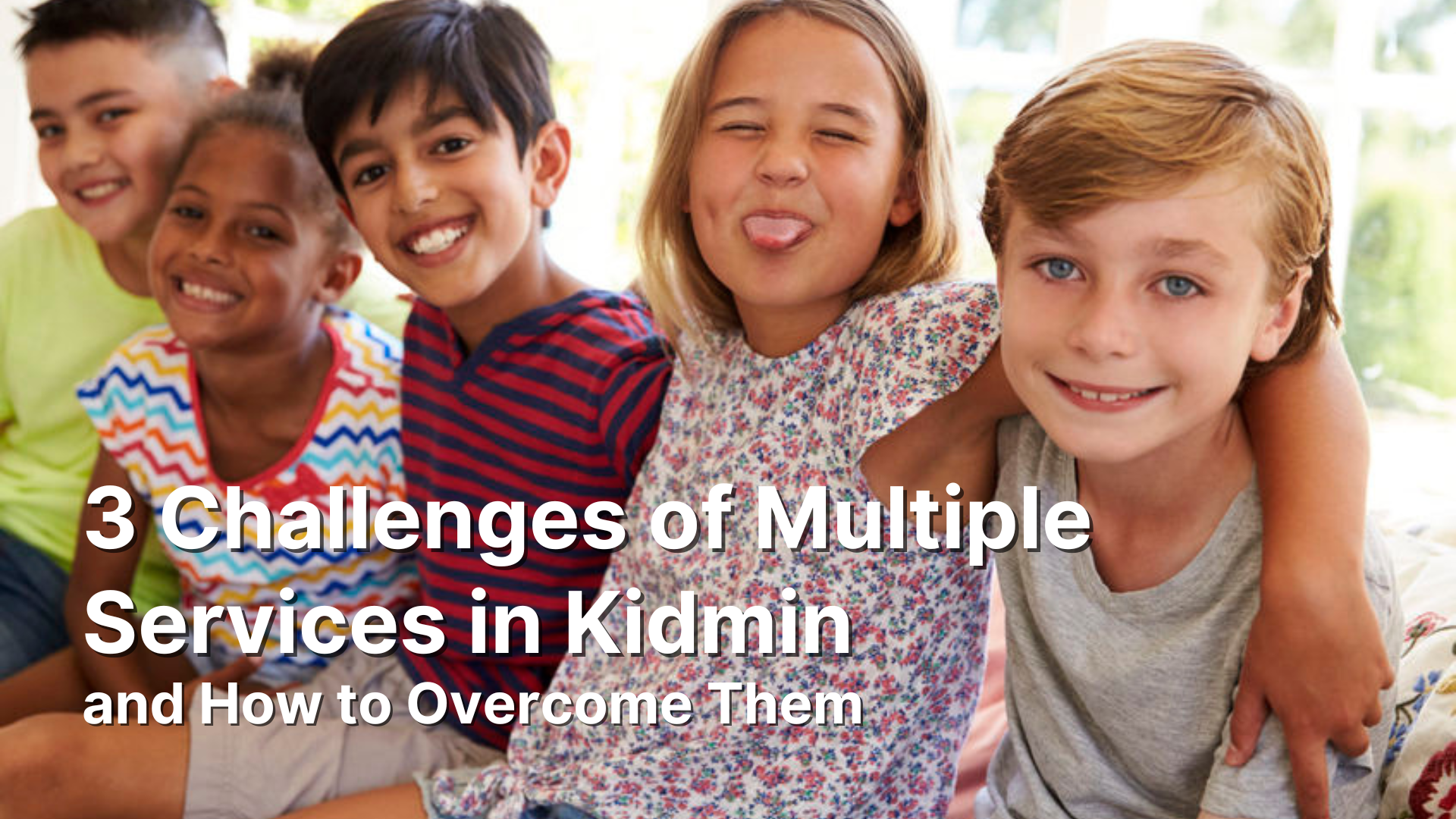
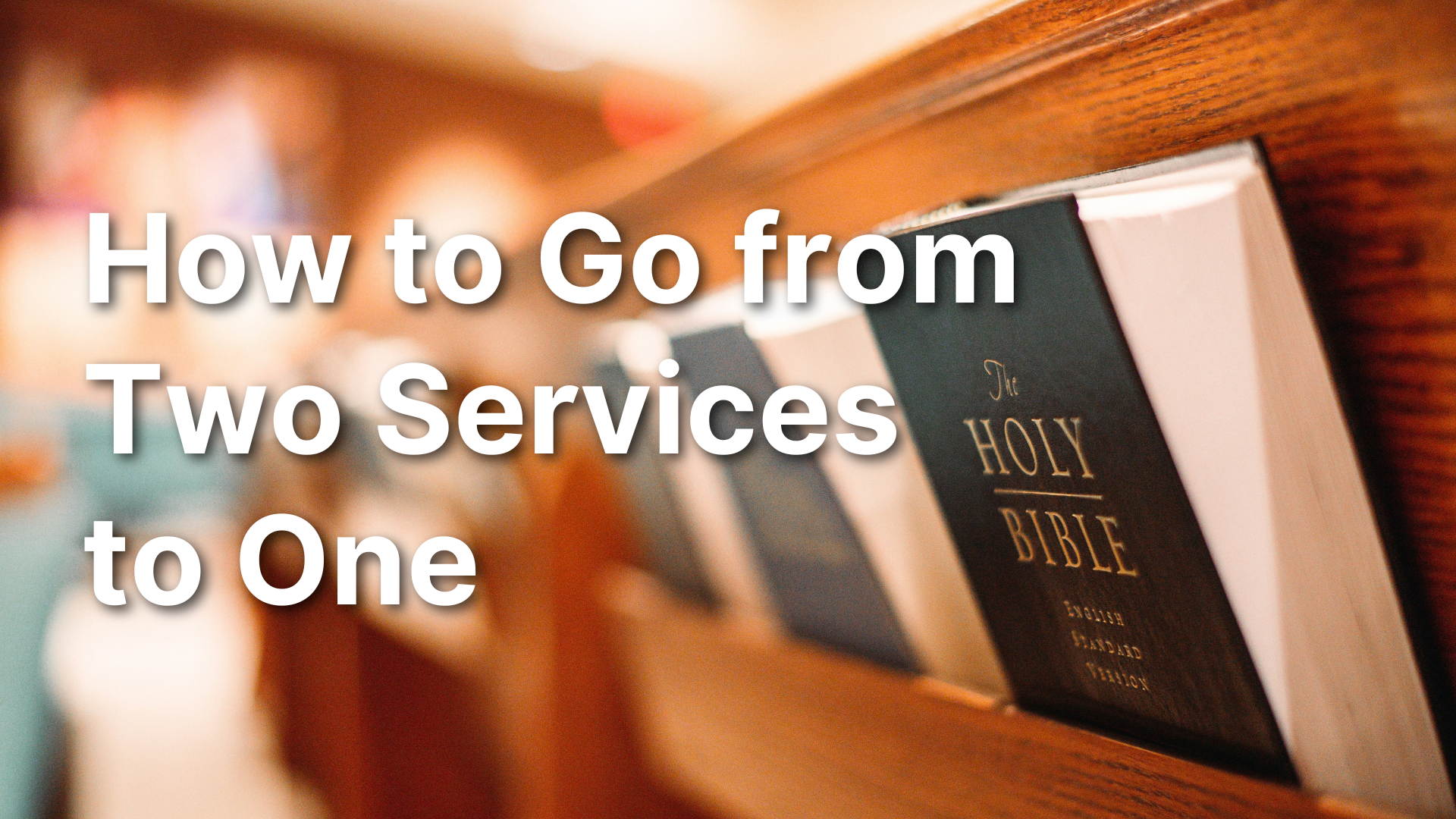

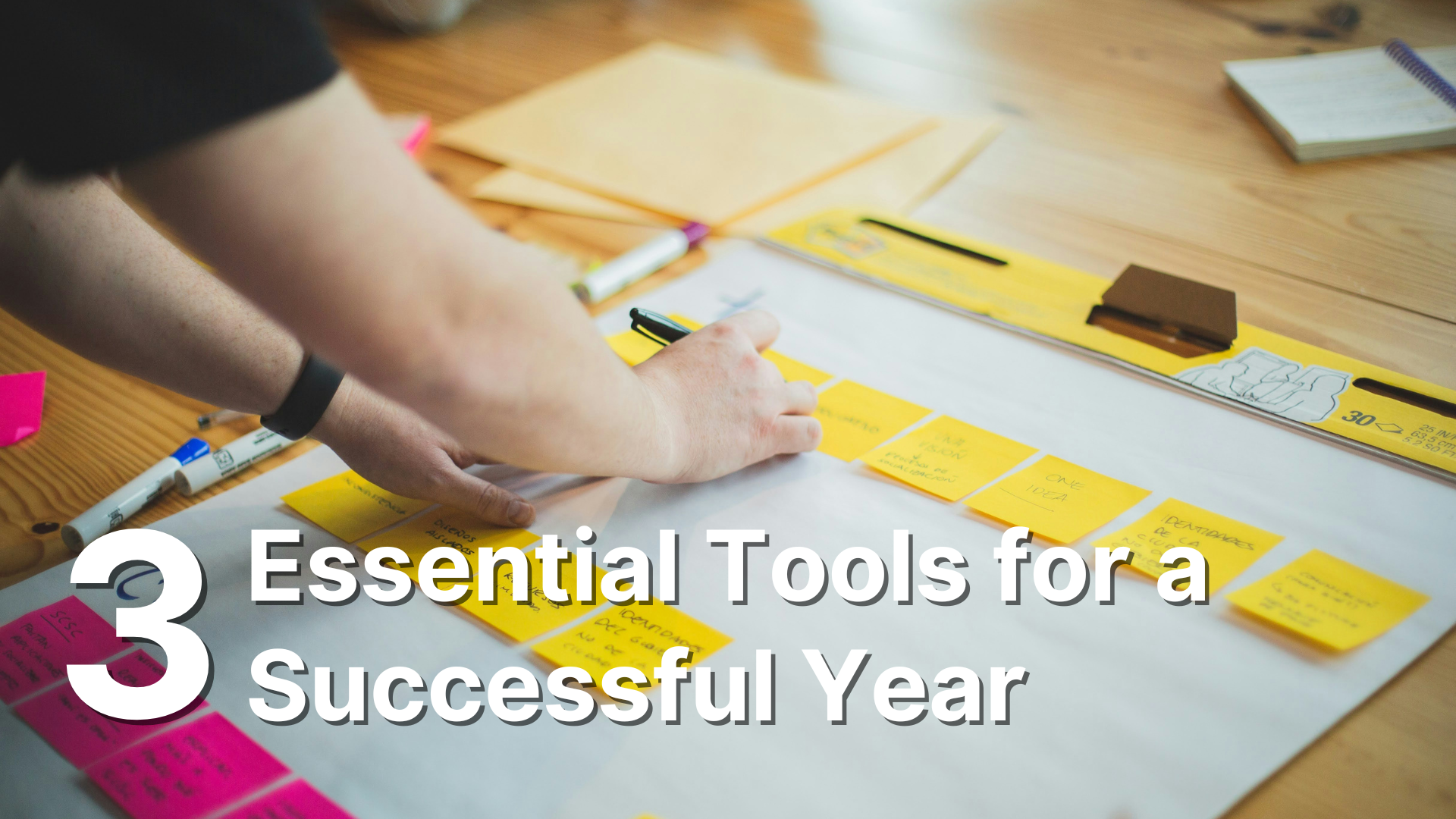
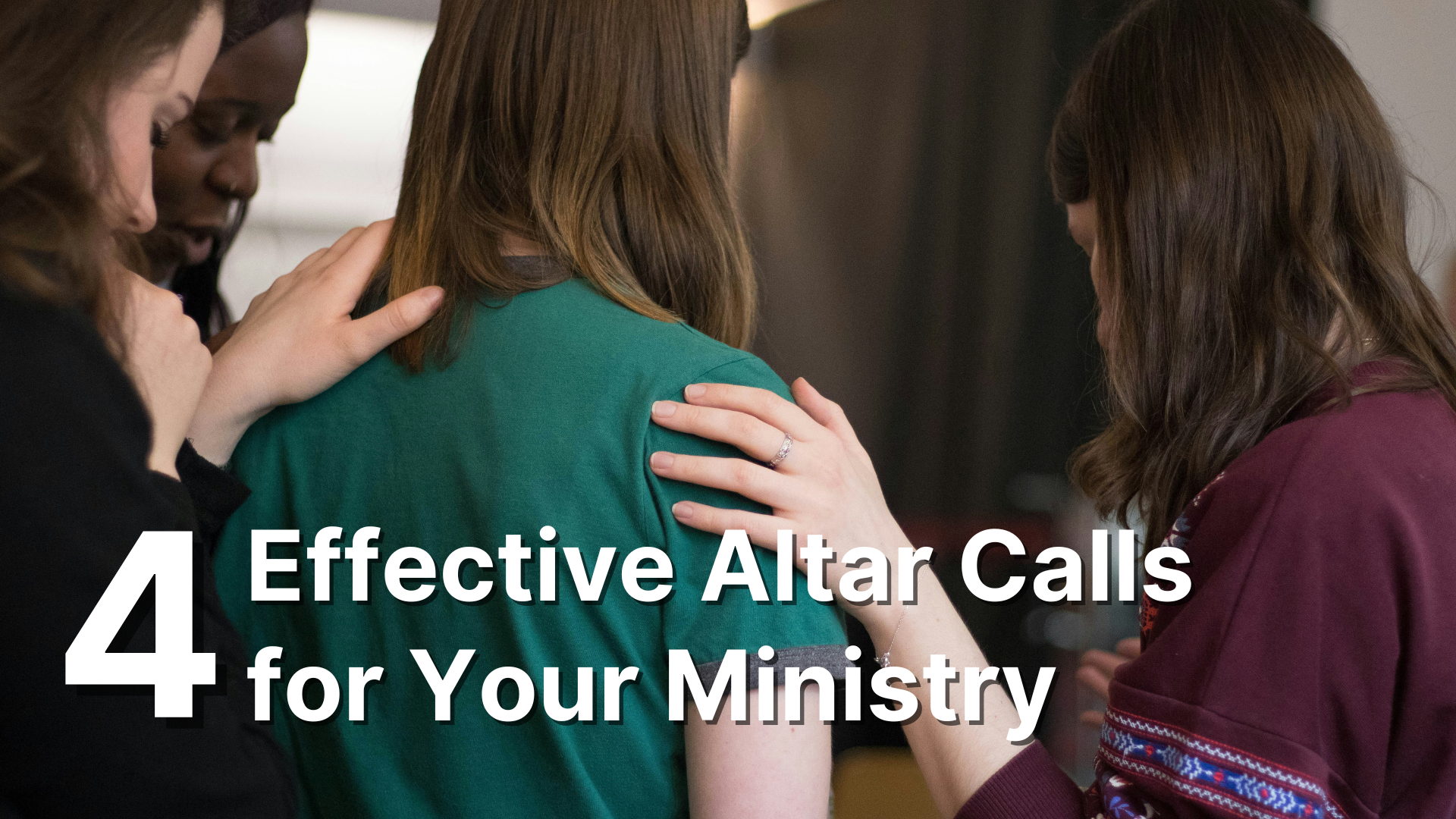

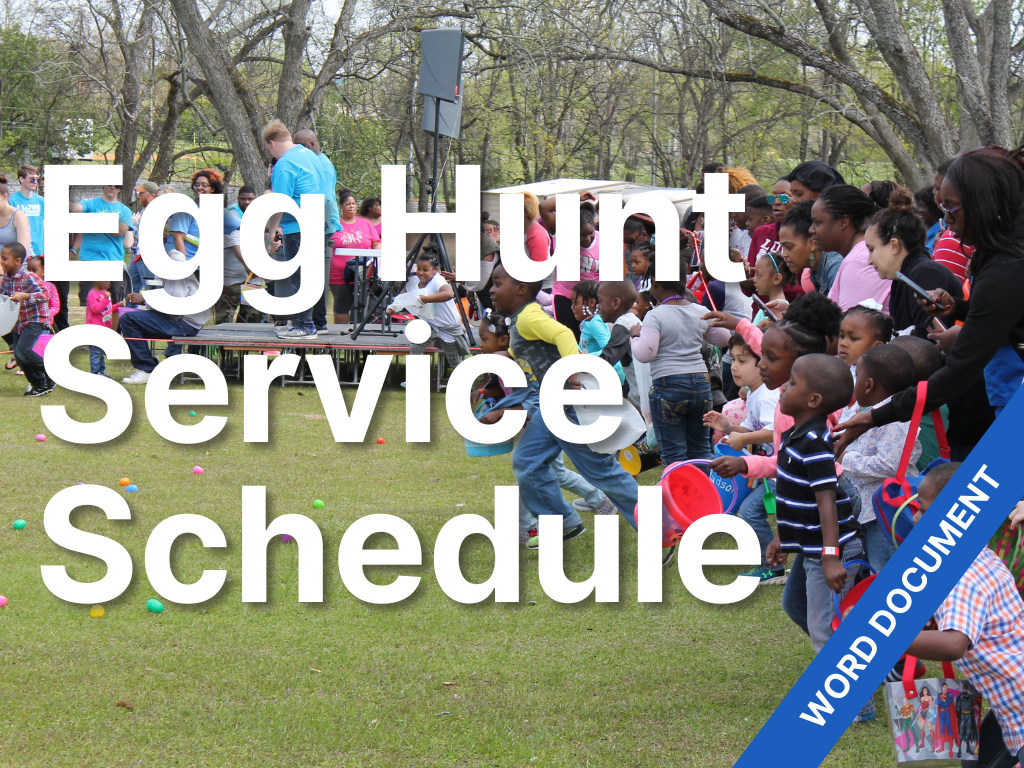

So, you have your service planned and ready to go. Your volunteers are in place. Your check-in stations are ready. If the kids started coming right now, you’d be ready. The problem is that the kids don’t all come at once.